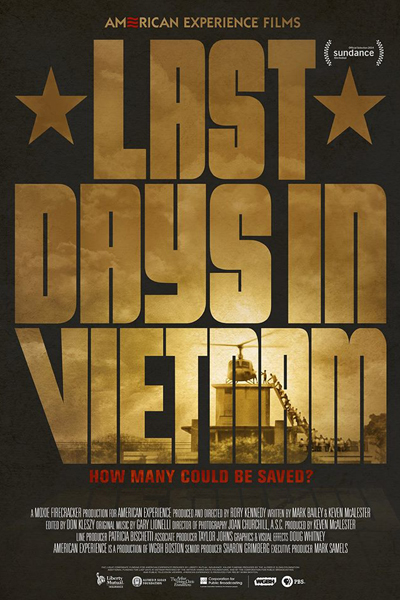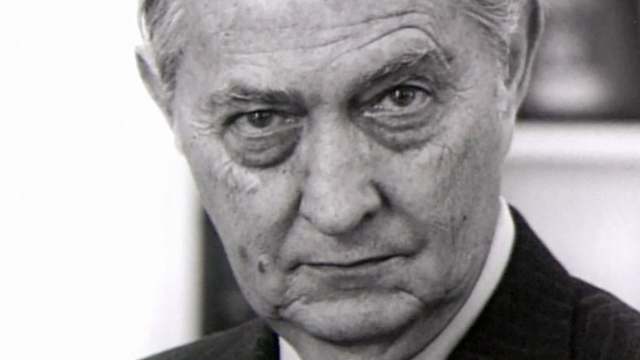Last Days in Vietnam
- 30 Apr 2015
- A high-profile documentary and somewhat-overshadowed anniversary has given me a chance to reflect on a historically and personally important event.

Yesterday I watched Last Days in Vietnam, the Rory Kennedy documentary about the fall of Saigon, mostly from an American point of view, which happened 40 years ago today. The film aired on PBS a couple of days ago; I bought the HD digital version on iTunes. I was excited when Last Days in Vietnam was announced back in July, and I watched all of the previews on YouTube when they were published.
To be honest, I was disappointed when I finished watching the full thing. I was hoping to see and hear things that I hadn’t already learned from other documentaries. For selfish reasons, I wished that Last Days in Vietnam, at 98 minutes, had been longer. I did learn some interesting and noteworthy things, like how Graham Martin, the US Ambassador who was central to the event, had lost his adopted son to combat in Vietnam.

The famous evacuations by helicopters, mostly American military ones, had actually been the last-resort option. The preferred option was using commercial ships to sail, via the Saigon River, near the US Embassy to the South China Sea. The other options were using civilian commercial planes or military cargo planes to take off from the Tan Son Nhut Aiport, which was some distance from the embassy.
The Marine helicopters, which were based from naval ships, were supposed to evacuate people from the airport. Maybe I hadn’t been paying attention, but the documentary could’ve been more clear in stating why the evacuations had to be done from the embassy compound instead of the airport. Basically, shelling from approaching North Vietnamese forces and occupation by desperate South Vietnamese forces were the reasons.
Rory Kennedy has covered all of her proverbial bases by gathering an impressive range of perspectives, from a high-profile official like Secretary of State Henry Kissinger to a low-profile one like military advisor Richard Armitage to other US government employees to South Vietnamese servicemen and civilians. The most obvious absence is Ambassador Martin, who died in 1990 (The NYT).
The fall of Saigon is real drama. It’s perfect for a story, whether a real one like Last Days in Vietnam or a fictional one like The Deer Hunter. There’s no doubt in my mind that Ambassador Martin’s dedication to South Vietnam and his denial of Saigon’s fate had hindered efforts to prepare for the eventual withdrawal. Even though people’s fears of summary executions proved to be exaggerated, over 400 would-be evacuees were stranded.
In the end, though, it doesn’t matter what you think about the events of that day or about the entire war, which claimed the lives of 58,000 Americans and 2.3 million Vietnamese (CNN). These things happened. The best that we can do is put aside whatever bitterness or shame or pride or relief that we might have about it and be humble and reflective. I am grateful, in a way, because I am the son of South Vietnamese refugees.
If the Vietnam War hadn’t taken place, then I probably wouldn’t be writing this blog, at least not in English.